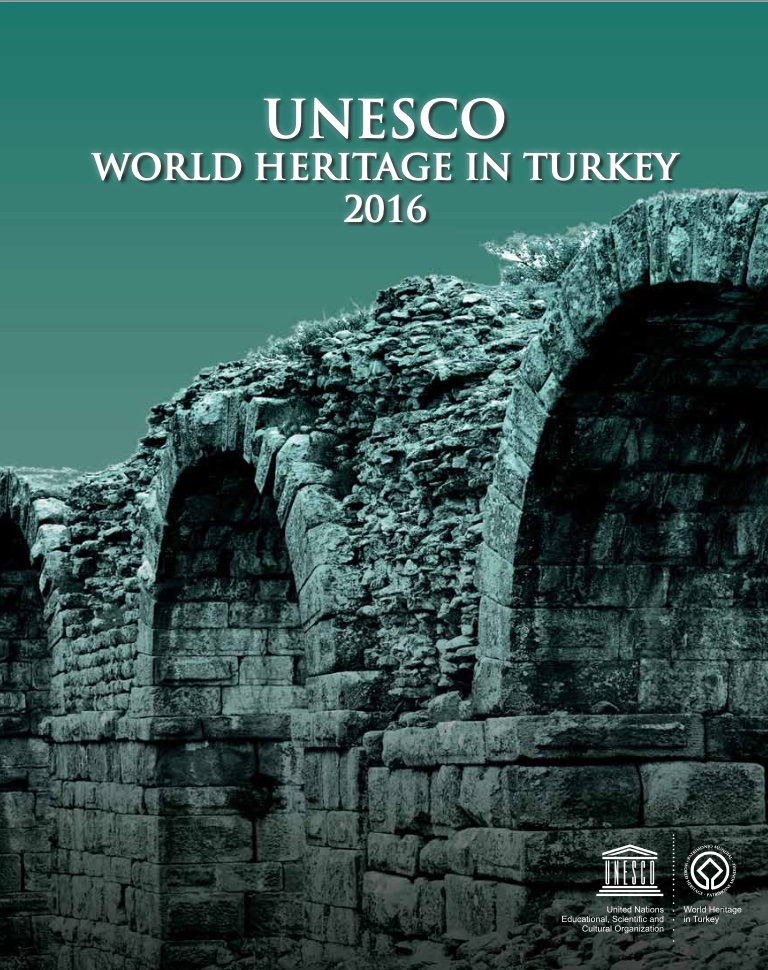Lorem ipsum dolor sit amet, consectetur adipiscing elit. Morbi eu nulla vehicula, sagittis tortor id, fermentum nunc. Donec gravida mi a condimentum rutrum. Praesent aliquet pellentesque nisi.


A continuous and complex settlement history can be traced in Ephesus, beginning from the seventh millennium B.C. at the Çukuriçi Mound until the present at Selçuk within what was once the estuary of the Kaystros River. Although favorably located geographically, Ephesus was subjected to continuous shifting of the shoreline from east to west due to sedimentation, which led to several relocations of the city site and its harbors. The Neolithic settlement at the Çukuriçi Mound, marking the southern edge of the former estuary, is now well inland and was abandoned prior to settlement on the Ayasuluk Hill as of the Middle Bronze Age. The sanctuary of the Ephesian Artemis founded by the second millennium B.C., became one of the largest and most powerful sanctuaries of the ancient world. The Ionian cities that grew up in the wake of the Ionian migrations joined in a confederacy under the leadership of Ephesus. Lysimachos, one of the twelve generals of Alexander the Great, founded the new city of Ephesus in the fourth century B.C., while leaving the old city around the Artemision. Ephesus was designated as the capital of the new province of Asia when Asia Minor was incorporated into the Roman Empire in 133 B.C. Excavations and conservation over the past 150 years have revealed grand monuments of the Roman Imperial Period lining the old processional way through the ancient city, including the Library of Celsus and the Terrace Houses. Little remains of the famous Temple of Artemis, one of the “seven wonders of the ancient world” that drew pilgrims from all around the Mediterranean until it was eclipsed by Christian pilgrimages to the Church of St. Mary and the Basilica of St. John in the fifth century A.D. Pilgrimages to Ephesus outlasted the city and continue today. The Isa Bey Mosque and the medieval settlement on Ayasuluk Hill mark the advent of the Selçuk and Ottoman Turks.